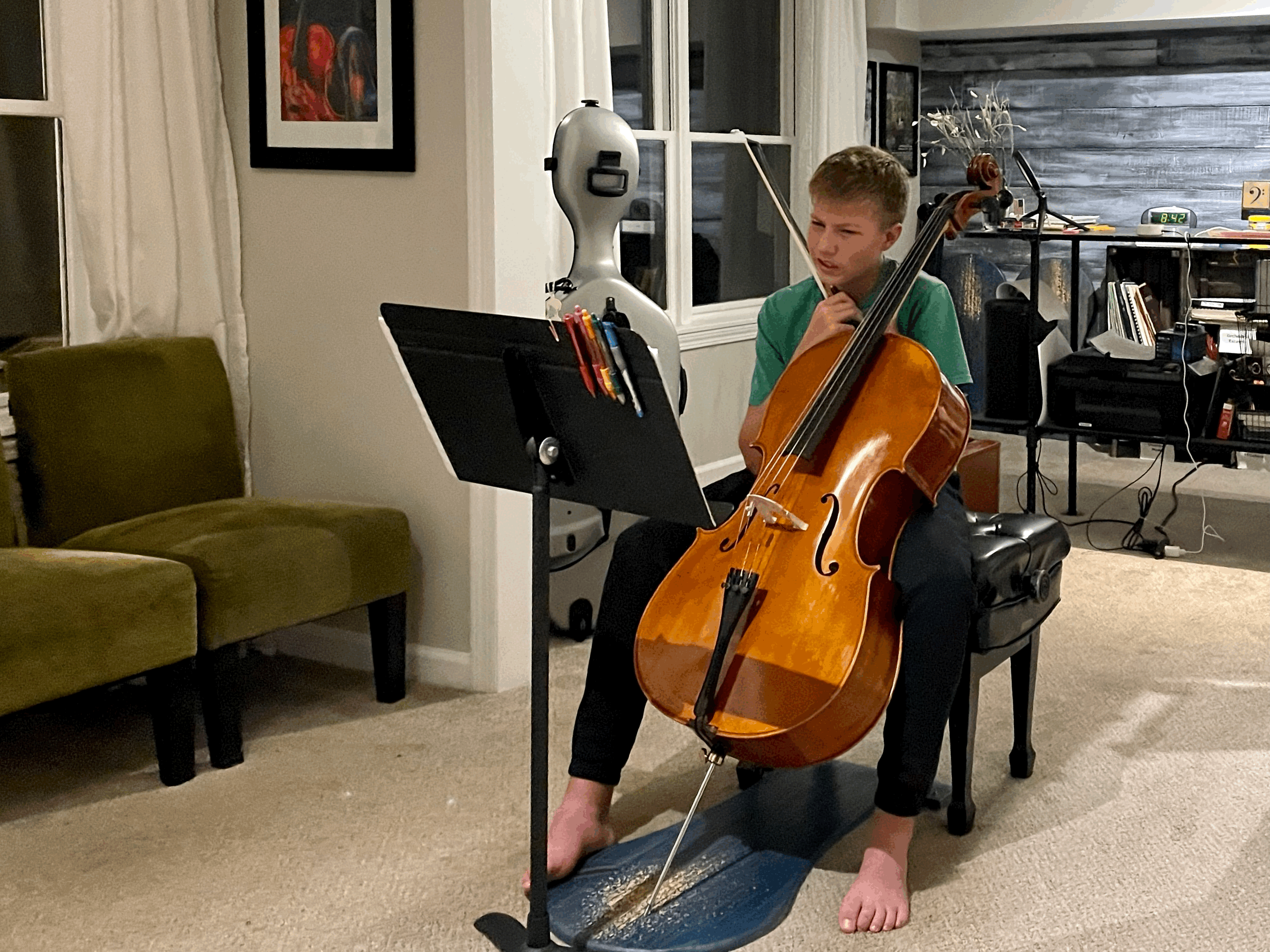
C String Music — Dougherty Cello Studio caters to all excited cello students, from beginners all the way to advanced, from pre-K to retirement!
In all lessons, no matter the level of player, we focus on three primary areas:
Scales & Arpeggios
Etudes
Repertoire
SCALES & ARPEGGIOS are the foundation of all musical study. They are the words that make up the sentences and paragraphs of beautiful music. Within six months of the first lesson, most students will have learned scales in three octaves, and will begin to explore the fourth octave of their major and minor scales.
ETUDES give students the opportunity to develop and apply their technical knowledge to short pieces of music. Young students work through Louis’ Feuillard’s Studies for the Young Cellist. All students will learn selected exercises from Alwin Schroeder’s 170 Foundation Studies (also used for Georgia All State Orchestra auditions), before graduating to Otto Sevcik’s bowing and shifting exercises, and - eventually - David Popper’s High School of Cello Playing and Alfredo Piatti’s Caprices.
REPERTOIRE is the most important - and fun! - part of learning to play the cello. In this part of the lesson, we put it all on the table, playing beautiful and interesting music by utilizing all of the technical and musical knowledge learned in the other areas of the lesson. Students follow a progression through our repertoire list, which we’ve specifically designed to lead a cellist from the youngest ages of the beginner level through the standard repertoire of the most famous virtuosos.
Daily Practice
Learning to play the cello is like training for a marathon. It takes long-term, daily, and dedicated practice to be successful. While, at first, students should practice for as long as they’re able to concentrate - about 15 to 30 minutes per day - eventually, as they improve and advance, it is expected that students will practice upwards of 60 minutes per day, five days per week. The longer and more difficult the repertoire, the more time a student should expect to spend practicing.
Performance
The final building block in cello lessons is, of course, performance. Students are offered multiple performance opportunities each school year. In addition to scheduled recitals, semi-regular studio-group classes give students the opportunity to perform pieces they are still studying, while allowing other students to preview pieces that they will eventually learn. Playing music is a life-long and wonderful part of taking cello lessons!
Register
Email Me

